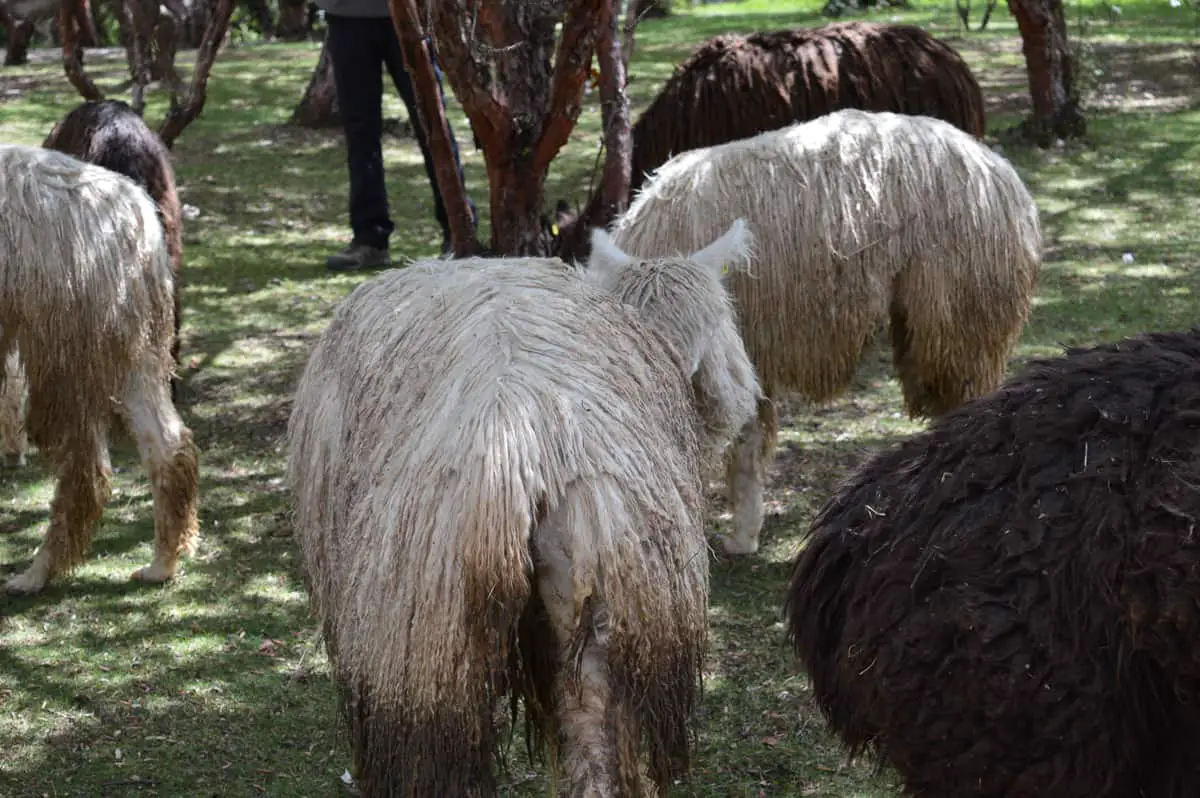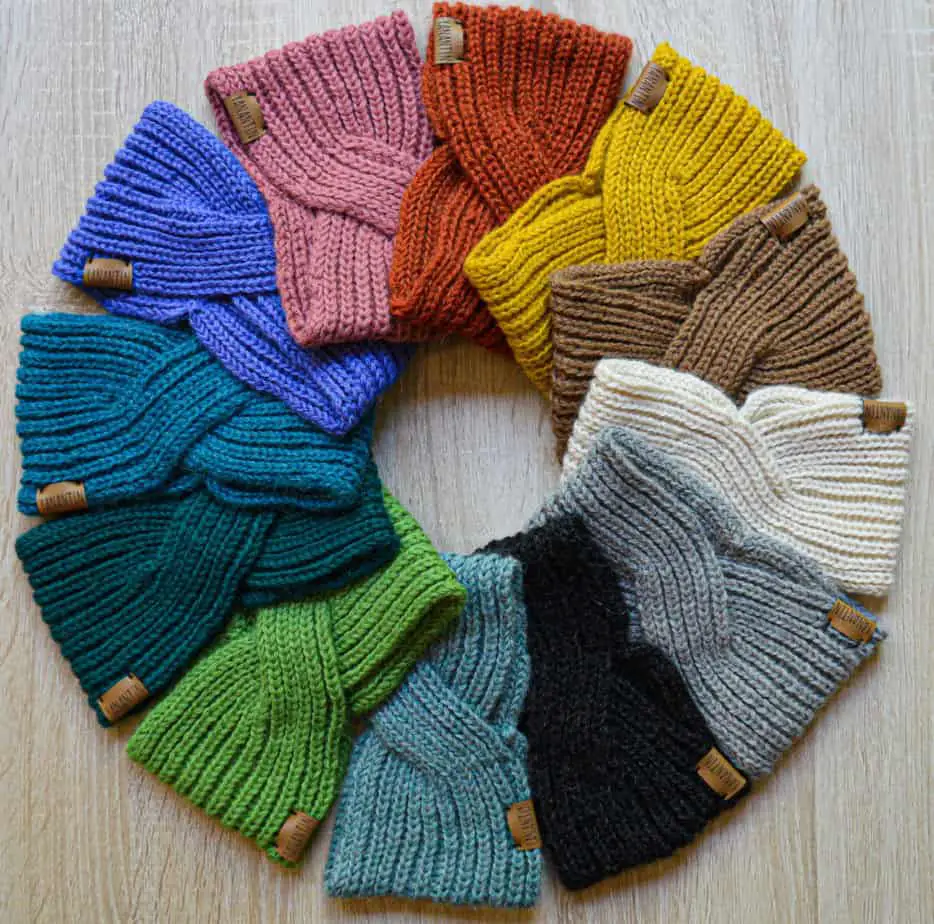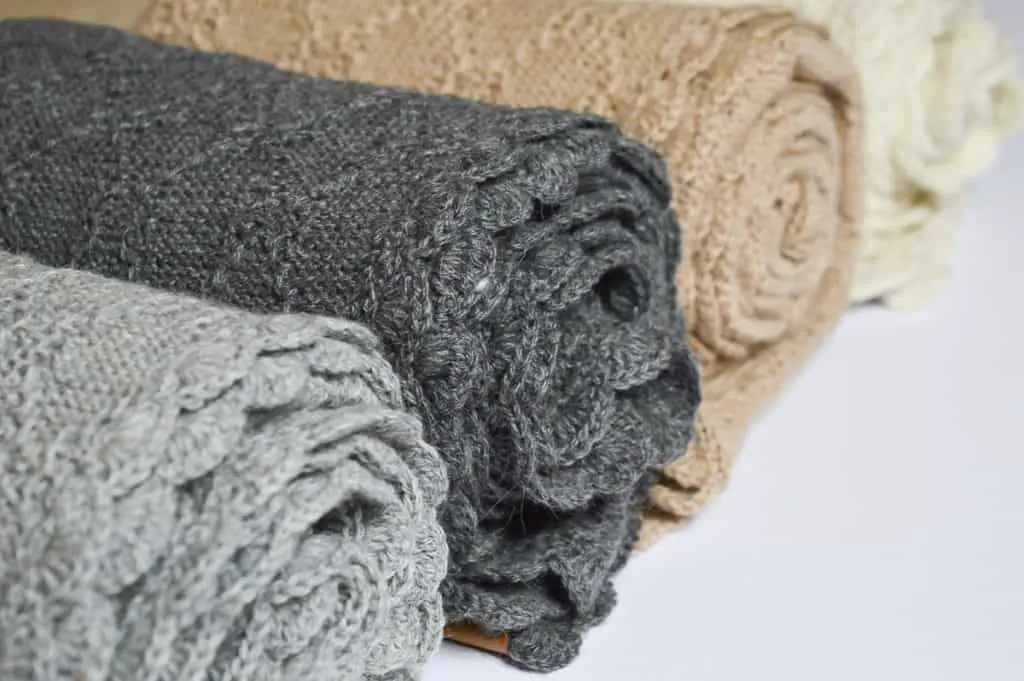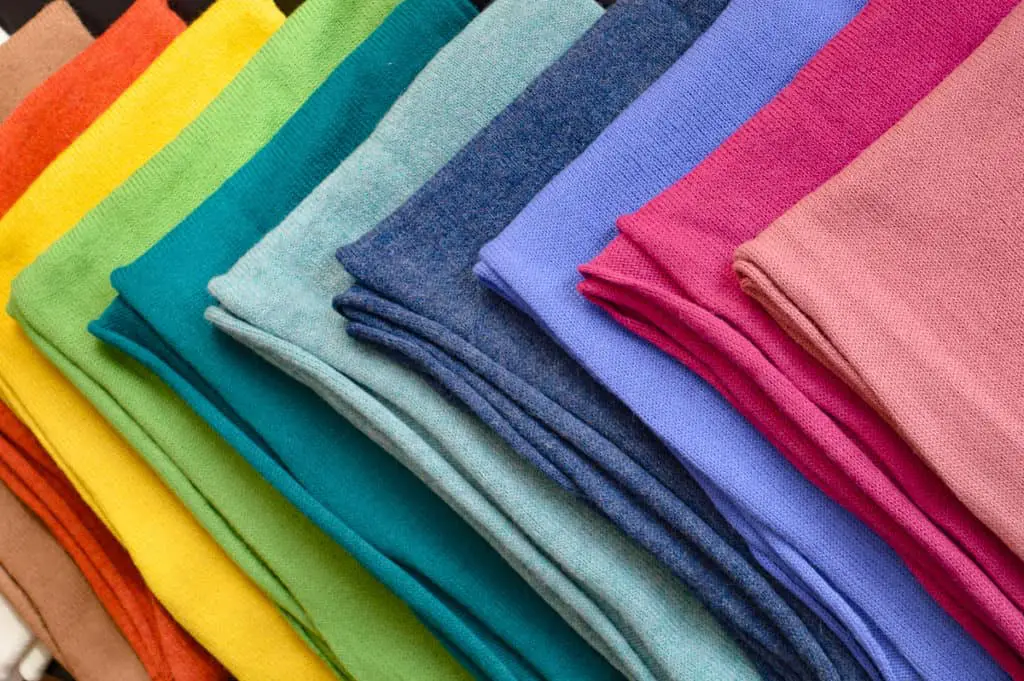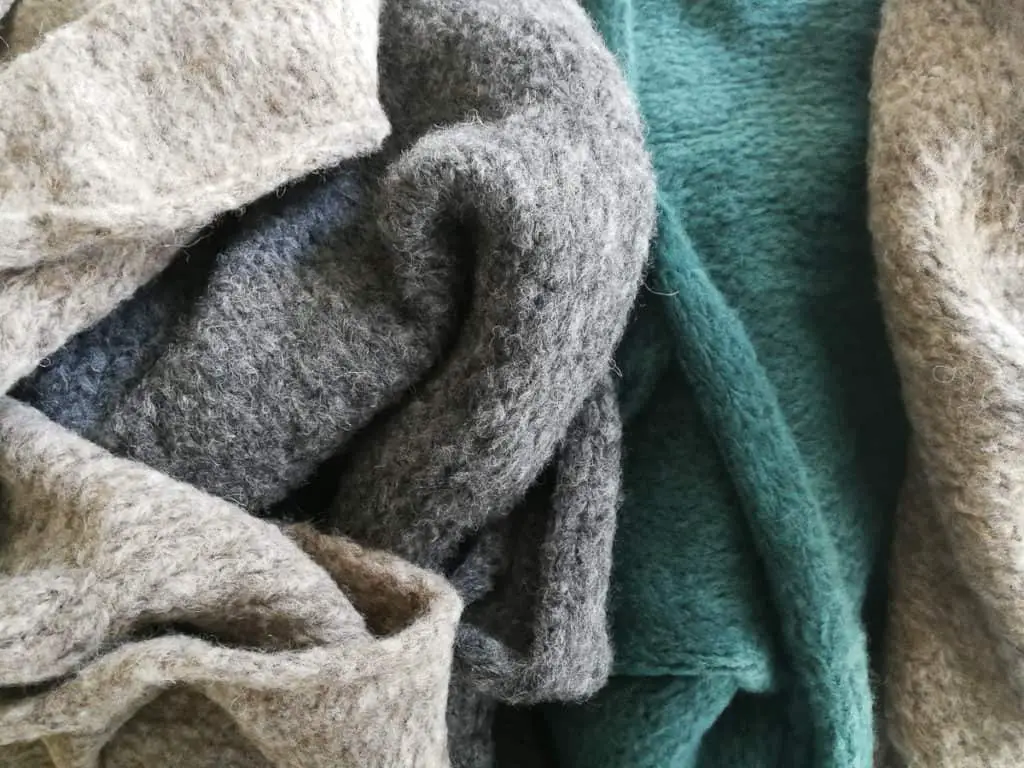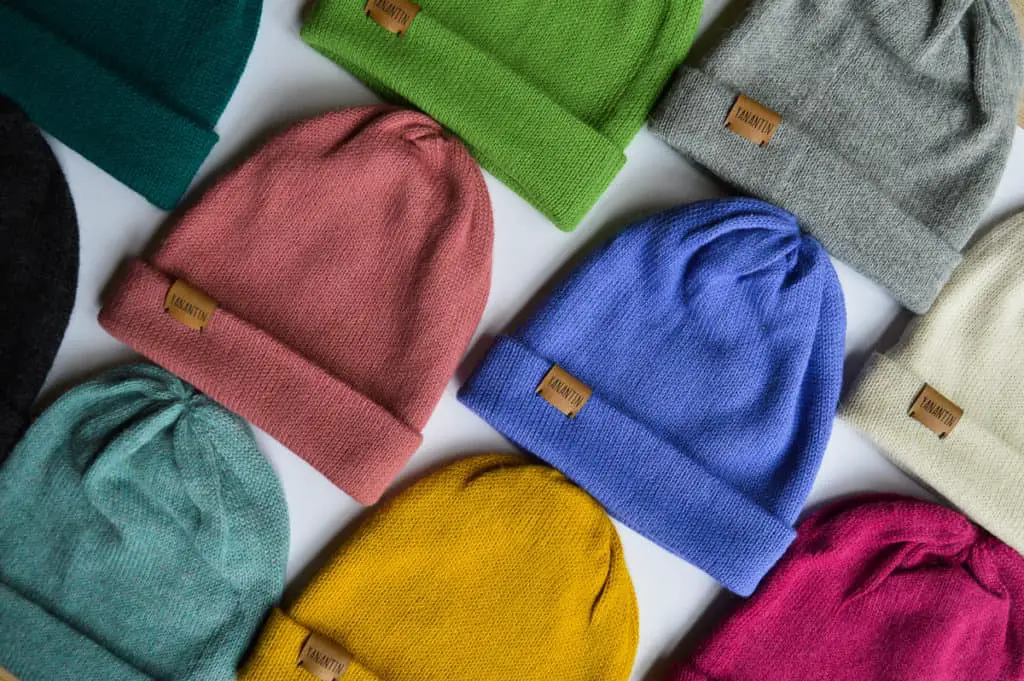Alpaca wool is the cashmere, the new merino, the new sustainable fabric. Basically, everyone is hyping up alpaca wool. But why? What are the reasons that alpaca wool is considered sustainable?
In Short, What Is Sustainability?
According to McGill University, sustainability is:
“Sustainability means meeting our own needs without compromising the ability of future generations to meet their own needs. Embedded in most definitions of sustainability we also find concerns for social equity and economic development.”
McGill University
So, while a big aspect of sustainability involves the environment, there is more to it. Sustainable garments focus on three main aspects of development:
- Economy
- Society
- Environment
Sustainability means that we focus on all three of those areas – and use the resources available from those areas – without ruining things for future generations.
Remember that nothing is perfect, but alpaca wool is definitely one of the better options when it comes to sustainable materials. Here’s why!
1. It is biodegradable
When a material is biodegradable it means that nature itself can break it down and decompose it. Alpaca wool is biodegradable, which means that it won’t contribute to textile waste.
Many fabrics that are used for our clothing are made of synthetic fibers. Synthetic fibers are not biodegradable, which means that Mother Earth can’t break them down herself. Instead, they need to be recycled or burned.
However, when synthetic garments are thrown away, they often end up in landfills, where they won’t decompose for about 200 years (according to Roadrunner). This means that in the mean time, they generate greenhouse gases, and leach toxic chemicals and dyes into the soil and oceans.
2. It comes in many natural colors
When materials come in a wide range of natural colors, it means that less dyes are needed to dye the textile. Alpaca wool comes in 22 natural colors, which means that there are many shades to choose from!
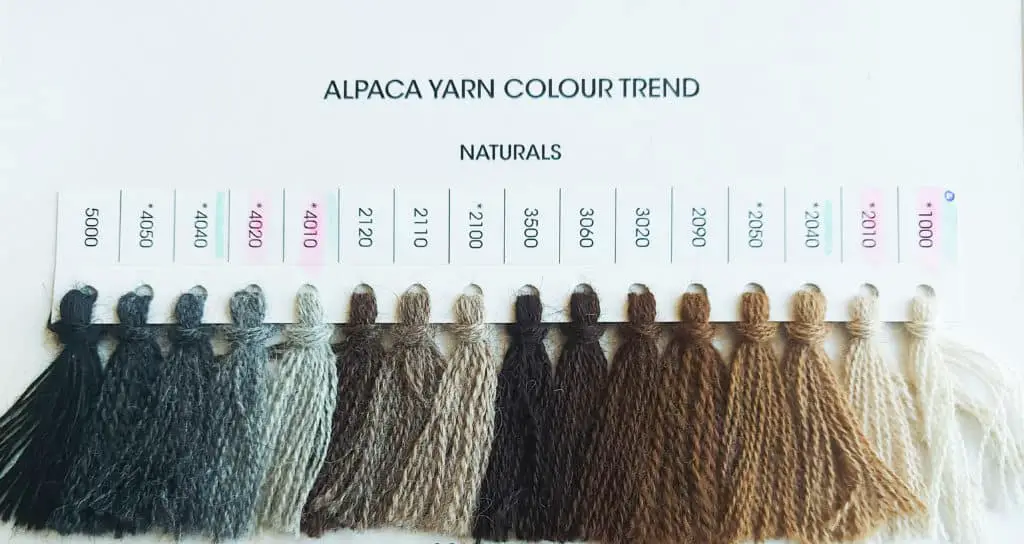
Many fabrics are dyed to expand the available colors for the consumer. However, such dyes are often chemical and toxic, which means that they can contribute to environmental pollution.
The negative impact of of dyed clothing is enormous:
- 10-15% of dyes end up in the environment through wastewater (according to Trusted Clothes).
- Dyeing requires a lot of extra water and extra washes (sometimes even several times to make the colors more vibrant!).
- Dyes in wastewater causes a decrease in the reflection and absorption of sunlight in the water, which disturbs the maritime food chain.
- The toxic chemicals from dyes are absorbed into the skin, contributing to several health issues varying from contact dermatitis to respiratory diseases.
3. It is made directly from natural fibers
Natural fibers are generally better for the environment than synthetic fibers because their production process is less chemical. Alpaca wool is such a natural fiber that requires very little chemicals during the production process.
Alpaca wool comes from an animal called an alpaca. It lives in the Andean highlands, where it is shorn once a year (often manually!). The wool then gets sorted, washed (if necessary washed again with dye) and spun into yarn.
- The only chemicals that are used during the production process are detergents and dyes.
Synthetic fibers are man-made fibers, made from chemicals, in laboratories. They don’t grow on trees. They are not biodegradable. They don’t have beautiful natural colors. They’re not fluffy, warm and soft.
4. It is odor-resistant
Natural fibers have antibacterial properties, which means that they don’t absorb smells easily. Garments made of alpaca wool are odor-resistant.
There’s actually some discussion about why or how alpaca wool is odor-repellent. While science can’t find the exact reason for it, there is evidence that alpaca wool has antibacterial properties somehow.
- I wrote an entire article about this with all the details: Is Alpaca Wool Antibacterial?
On top of that, alpaca wool is incredibly breathable, which means that sweat gets absorbed by the fiber and then evaporated in the air. There’s no time for it to start smelling bad.
Apart from smelling nicely, the main benefit of being odor-resistant is that you don’t have to wash such garments (often). Airing usually suffices and that means that you can save the planet a whole lot of water by NOT washing an alpaca woolen garment.
Reducing the use of your washing machine saves a lot of water (and money!)
5. It is stain-resistant
When garments are stain-resistant, it means that they don’t get stained easily. Alpaca woolen garments are stain-resistant, which means that they need less washing and are less likely to get ruined by stains.
Of course, when a garment is stain-resistant, it does not mean that it is invincible and 100% stain proof. However, the benefits of stain-resistant garments are worth the investment in an (expensive) alpaca woolen garment.
- When garments are stain-resistant, they are more durable because you don’t have to buy a new piece of clothing every time you spill a drop of red wine on it.
But there’s another reason why this is a great sustainable feature: alpaca wool is naturally stain resistant! It doesn’t need chemicals and scary coatings to protect the color of the fabric.
Don’t worry, I didn’t believe it myself either. But then I tested it out…! Here’s the video of what happened.
6. It is wrinkle resistant
Wrinkle resistant garments do not require ironing or pressing before they can be worn after having been washed. Alpaca wool is naturally wrinkle resistant, which means that you can wash-and-wear it, without needing to iron it first.
An iron is just another machine that requires electricity, water and eventually emits greenhouse gases into the environment. According to the Mark Gersava (who’s quoted in the Female Network),
“every person emit[s] 190 [kilograms] of CO2 equivalent in greenhouse gases each year by ironing clothes.”
Mark Gersava (who’s quoted in the Female Network)
An alpaca wool garment does not need to be ironed and can svae some of those greenhouse gases!
Apart from the act of ironing itself, another reason why it is beneficial that alpaca wool is naturally wrinkle-resistant, is that it is a natural feature.
Most anti-wrinkle, non-iron, wash-and-wear, wrinkle-free coatings require chemical treatment that can have a negative impact on the environment, on the wearer and on the quality of the garment.
7. It is water-repellent
Garments that are water-repellent protect the wearer from rain and moisture to a certain degree. Alpaca woolen products are naturally water-repellent, which means that they wick away rain and sweat to keep the wearer dry and comfortable.
Water-repellent garments are especially important when you wear clothing in damp or wet environments. This can either mean a rainy, foggy or damp environment, or when you are involved in activities that make you sweat.
One way or another, alpaca woolen garments are water-repellent, thanks to their special fiber that is capable of wicking away a large percentage of moisture before it gets absorbed. When moisture does get absorbed the fiber can absorb about 30% of its dry weight in water before the wearer feels wet.
That’s huge!
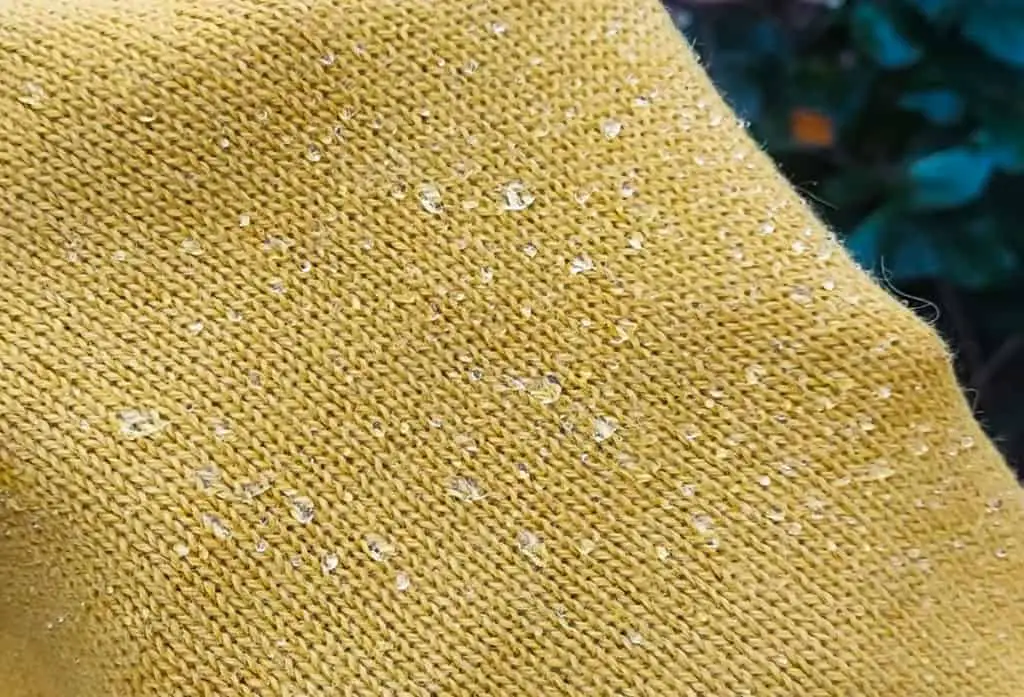
Again, the most important reason for this being sustainable is because waterproof fabrics are synthetic and water-repellent coatings use possibly toxic chemicals. Alpaca wool has these features naturally.
8. It can be worn year-round
When you can wear certain fabrics year-round, it means that you need less clothes to protect you from the elements, without compromising on comfort or usability. Alpaca woolen garments can be worn in many different temperatures and climates.
Thanks to its warm, yet breathable fiber, you can wear alpaca wool in many different circumstances:
- When it snows
- When it rains
- When it is sunny
- When it is windy
- When it is cold
- When it is hot
The special alpaca fiber is isolating, insulating, thermoregulating, and breathable. Which – in short – means you can wear it at all times!
- Even more specifically, you can do so many different activities wearing alpaca wool. If you’re curious about more ideas, click the link to find out in another article I wrote! 13 Activities Alpaca Wool is Perfect for!
9. It is strong
Sustainable materials are strong when they don’t break down after wearing it only a few times. Alpaca woolen garments are strong and will last a long time (especially when taken care of properly).
Most strong fabrics are synthetic fibers. It is honestly the main benefit of synthetic fibers (and the only one if you ask me…). They won’t break down easily, you can wear them for sports and wash them time after time.
However, despite being strong fibers they have many more disadvantages, the most important ones being the chemical production, negative impact on our health, and post-consumer waste.
- Knowing that alpaca wool is also strong but does not have those downsides is incredibly important for finding natural fibers as alternatives to synthetic fibers.
10. It is easy to fix
When an alpaca woolen garment has a hole in it, is it quite easy to fix. Especially knitted garments can often be invisibly repared.
One of the reasons that there is so much post-consumer waste is because we are getting used to throwing out our clothes when they get a hole in them or start to show wear and tear. Instead, fixing an item can actually save that shirt from the landfills for another year or so – or even longer if you’re like me 🙂
Now, admittedly, the fashion industry doesn’t make it easy on us to invest in fixable clothes:
- A new “season” is introduced in stores every month (why fix what’s no longer fashionable?)
- Clothes are of non-repairable quality (no extra room in the seams, for example)
- Synthetic fibers are hard to fix (stains easily, hard to make fixes invisible)
- Synthetic fibers get (irreversibly) damaged easily (wear and tear, pilling, lint)
- (Fast fashion) clothing is so cheap that it is easier to buy new rather than preparing on old piece
When you actually invest in your clothing, you will see that you are going to be much more careful with it! If it breaks, or once it starts to show signs of wear and tear, you are going to want to fix it!
And with alpaca wool and a YouTube Video or helpful aunt, you should be able to extend the life of your garment easily!
11. It is durable
Alpaca woolen products do not show wear and tear easily, which means that they look as new for a very long period of time.
Similar to being able to fix holes in your clothing, it is nice when garments don’t show that they have been worn intensively.
The alpaca fiber is particularly long, which means that it is very well resistant to pilling, shedding and losing its shape. Alpaca woolen garments do not pill like regular woolen garments (and synthetic fibers!!) do. On top of that, the fiber is quite elastic and will be able to maintain its shape over time.
With proper care, you can make an alpaca woolen garment last forever! Every time I present my products at markets, I hear someone tell me about an alpaca wool sweater that has belonged to their grandmother and still looks as new!
- Want to know how you can make your alpaca woolen garment last longer!? Click the link to read my 17 Tips to Keep Your Alpaca Woolen Garments Look as New!
12. It is emotionally durable
If clothes don’t show wear and tear, we don’t get “tired” of them, and we don’t see them as temporary fashionable garments, it means that they are emotionally durable. Alpaca woolen garments are emotionally durable, which means we can use them for years.
Alpaca woolen garments have a luxurious feel and touch to them. The silky fiber has really good “drape” which means that alpaca woolen garments look flattering when you wear them as the fabric drapes around your body contours.
When you invest in garments that look good on you, you will feel good wearing them. When you feel good wearing them, you are much more likely to keep wearing them for a long period of time.
And when you wear something for a long period of time, it means you don’t need other garments to replace it in the meantime! 🙂
13. It encourages social equity and economic development
Alpaca wool comes from South America, mostly from Peru. In these countries, social exclusion based on gender and ethnicity still happens. However, many brands that work with alpaca wool try to overcome these boundaries.
Many indigenous people in Peru live a marginalized life on the Andean countryside. One of the ways they can earn some extra income is by selling their alpaca fleece to bigger producers that turn it into wool
In Andean communities, this principle works because people have a way to sell the fleece that otherwise wouldn’t have brought them much (except for personal use, perhaps).
On top of that, many brands also focus on helping women make the products. Their knitting and weaving techniques are part of a cultural heritage which is important to maintain and support!
Besides, many women earn a fixed income through (international) organisations and benefit from workers rights that they otherwise would not have had.
Sustainability involves more than respecting the environment. It also means respecting the people and making this world a better place for everyone. A more equal place in which everyone is given an equal opportunity.
I started Yanantin Alpaca because I believe that alpaca wool is a sustainable material. All products are made to empower women in Bolivia with a good salary and a happy work environment.
Take a look at all Yanantin Products and get one of those sustainable items for your own wardrobe!


